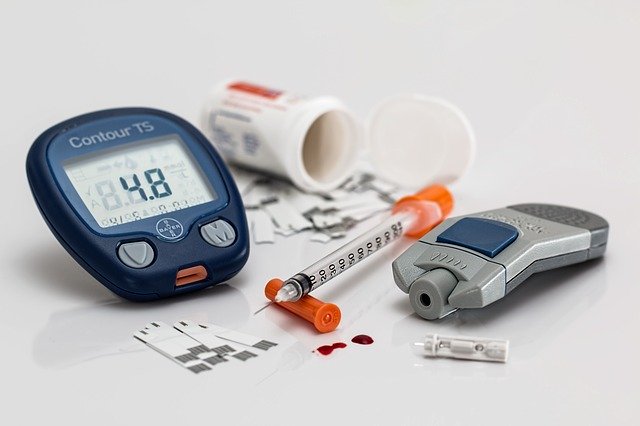How to Pain Manage Diabetic Neuropathy
Diabetic neuropathy is a type of nerve damage that can occur in people with diabetes. This happens because high blood sugar levels injure the nerves, causing tingling, pain and numbness. The severity of the symptoms depends on the nerves that are affected and how advanced the neuropathy is. Often times, people won’t notice they have a problem until damage has occurred.
Even though diabetic neuropathy is a serious and sometimes debilitating condition, there are ways to slow the progression. Our nerve pain doctor recommends the following tips for dealing with diabetic nerve pain.
Manage Blood Sugar Levels
The best way to prevent or delay nerve damage is to keep your blood sugar within your target range. Not only will this improve diabetic neuropathy symptoms but also other complications of diabetes. Talk to your doctor to determine your ideal range, but in general, doctors recommend 80-130 mg/dL before meals and less than 180 mg/dL two hours after meals.
Prescription and OTC Medications
Both over-the-counter and prescription medications are available for treating diabetes-related nerve pain. You will need to talk to your pain management doctor to determine what medications will provide the most relief and the least amount of side effects. Possible treatments include anti-seizure drugs, antidepressants and capsaicin cream.
Daily Exercise
Staying active helps keep your blood sugar under control. The American Diabetes Association recommends 150 minutes of moderate-intensity exercise a week. This breaks down to roughly 20-30 minutes a day. Consider low-impact exercises such as walking, swimming or yoga. It’s also important to take a break from sitting every 30 minutes to improve circulation.
Massage Therapy
Massage therapy promotes healthy circulation. It can also trigger the release of endorphins, which raises the pain threshold. Some types of massage therapy also boost serotonin and oxytocin in the body, two neurotransmitters that relieve chronic pain. The best massages include hot stone therapy, deep muscle therapy and trigger point therapy.
Physical Therapy
Working with a physical therapist can help you maintain strength, mobility and function. It’s also a great way to get more exercise into your days. Your physical therapist will create an individualized plan that meets your needs. The goals of the exercises will be to increase blood flow, oxygen and other nutrients to the nerve cells.
Acupuncture
Research shows that acupuncture is an effective way to relieve chronic nerve pain. It stimulates blood flow to restore damaged nerves and also relieves numbness. The goal of acupuncture is to balance the flow of energy in the body, so other symptoms may be improved as well, such as headaches, joint pain and back pain.
Transcutaneous Electrical Nerve Stimulation (TENS)
TENS works well for nerve pain in the hands and feet. It sends tiny electrical pulses to stimulate nerve fibers and reduce pain signals sent to the brain. TENS treatments also cause the body to release natural hormones, reducing pain. You can get TENS treatments from your doctor, physical therapist or an at-home machine.
Dorsal Column Stimulator
A Dorsal Column Stimulator aka a Spinal Cord Stimulator is a type of implantable device, sometimes referred to as a pacemaker, that is made to send electrical signals to certain areas on the spinal cord. This is similar to TENS, but surgically implanted, and can help with treating certain types of pain.
To discuss your options for managing the symptoms of diabetic neuropathy, contact Jersey Rehab. We have the best pain management doctors in NJ and four convenient locations to choose from.

